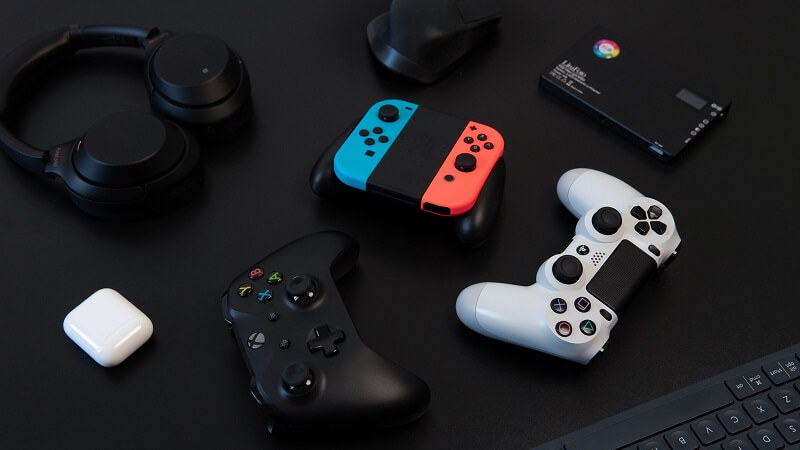
Virtual Reality Gadgets: Stepping into New Realms
21st February 2024Virtual Reality (VR) has transcended its initial entertainment-focused applications, blossoming into a versatile technology that touches various aspects of our lives. From gaming and education to healthcare and remote work, VR gadgets are unlocking unprecedented experiences, offering users the chance to step into entirely new realms. These devices, ranging from immersive headsets to sophisticated motion trackers, are not just about viewing digital worlds but interacting with them in ways that were once the stuff of science fiction. This article delves into the latest VR gadgets that are pushing the boundaries of reality, providing a glimpse into the future of digital interaction.
High-Performance VR Headsets
The cornerstone of any VR experience is the headset, a device that has seen significant advancements in recent years. Modern VR headsets offer high-resolution displays, wide field-of-view, and low-latency tracking, providing an incredibly immersive experience. Brands like Oculus, HTC, and Valve have released consumer-friendly models that cater to different needs, from mobile and standalone units to PC-driven systems. These headsets are equipped with advanced features such as eye-tracking, spatial audio, and hand tracking, enhancing the realism and immersion of virtual environments. As the technology evolves, we can expect even more sophisticated headsets that bring users closer to a truly lifelike VR experience.
VR Motion Controllers and Haptic Feedback Devices
To interact with virtual environments, users require intuitive and responsive controllers. VR motion controllers have evolved from simple button-based inputs to sophisticated gadgets that track hand movements with precision. Beyond mere motion tracking, the latest trend in VR interaction is haptic feedback devices. These gadgets simulate touch and texture, allowing users to “feel” virtual objects. Gloves equipped with haptic feedback and resistance technology enable users to experience sensations like weight, texture, and impact, significantly enhancing the realism of VR experiences. This technology is particularly promising for applications requiring fine motor skills, such as virtual training simulations and medical rehabilitation.
Treadmills and Motion Platforms
One of the challenges in VR is replicating the sensation of movement without physical space constraints. VR treadmills and motion platforms address this issue by allowing users to walk or run in any direction within a limited physical space. These devices translate real-world movements into virtual motion, enabling endless exploration of digital landscapes. While still in the early stages of consumer adoption, VR treadmills and motion platforms represent a significant step towards fully immersive VR experiences, potentially revolutionizing VR gaming, fitness, and training applications.
Wireless VR Solutions
The tethering of VR headsets to computers or consoles has long been a limitation, restricting user movement and impacting immersion. Wireless VR solutions are breaking these chains, offering users complete freedom of movement. Advances in wireless technology, such as WiGig and 5G, have made it possible to stream high-fidelity VR content from a PC or cloud server to a headset with minimal latency. Standalone VR headsets with onboard computing power are also becoming more capable, providing a high-quality VR experience without external devices. This liberation from wires and external hardware is crucial for the widespread adoption of VR in various settings, from homes to professional environments.
Augmented Reality (AR) Integration
While VR immerses users in fully digital environments, Augmented Reality (AR) blends digital content with the real world. The integration of AR and VR technologies is giving rise to Mixed Reality (MR) gadgets that offer the best of both worlds. These devices allow users to interact with virtual objects superimposed on their physical environment, opening up new possibilities for gaming, design, and education. By combining the immersive nature of VR with the contextual relevance of AR, MR gadgets are paving the way for innovative applications that enhance both productivity and entertainment.
Virtual Reality gadgets are rapidly evolving, offering users unprecedented opportunities to explore new realms. From high-performance VR headsets and intuitive motion controllers to haptic feedback devices, treadmills, wireless solutions, and AR integration, these technologies are redefining what’s possible in digital interaction. As VR continues to mature, we can expect even more innovative gadgets that push the boundaries of immersion, realism, and interactivity. Stepping into new realms with VR not only transforms our entertainment experiences but also holds the potential to revolutionize education, healthcare, and various other facets of our lives, marking a new era in human-computer interaction.




